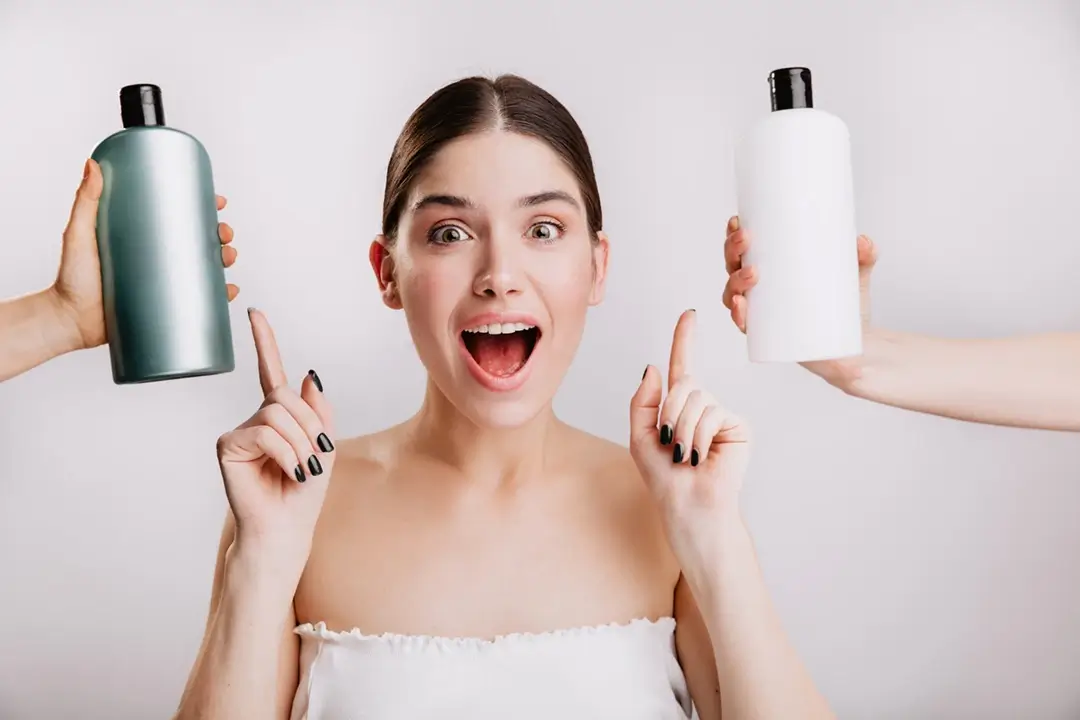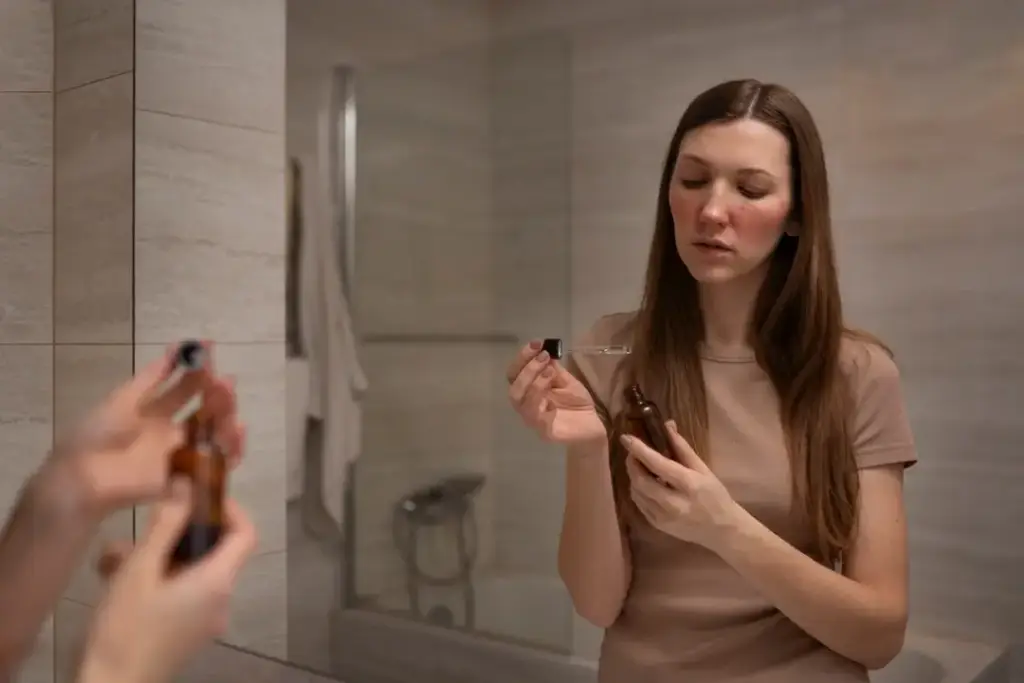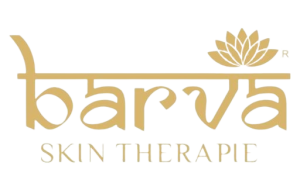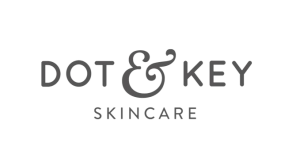The Science of pH in Skin & Hair Care - Why It Matters
When you look at the label of your favorite skincare or haircare product, you’ll probably notice ingredients, percentages, and benefits listed. But one critical factor rarely gets highlighted – pH balance. Even though you can’t see it, pH has a huge impact on whether your cream, shampoo, or serum works effectively or not.
At Sprivil, we understand that maintaining the correct pH is one of the most important steps in creating safe, stable, and effective beauty products. Let’s break down why pH matters, how it affects skin and hair, and how we ensure every batch we manufacture maintains the right balance.
What is pH & Why Does It Matter in Cosmetics?
pH stands for “potential of Hydrogen”, which measures how acidic or alkaline a substance is on a scale of 0 to 14.
- pH 0–6 → Acidic
- pH 7 → Neutral
- pH 8–14 → Alkaline
Our skin and scalp have a natural pH that keeps them healthy. If a cosmetic product is too acidic or too alkaline, it can disturb this balance. That’s why pH plays such a vital role in formulating skincare and haircare products.
Think of pH like the invisible setting that determines whether your product feels gentle, strong, or irritating.
The Skin Barrier & Acid Mantle Explained
The Skin Barrier & Acid
Mantle Explained
Your skin has a natural protective layer called the acid mantle. It’s a thin film made up of sweat, oils, and natural acids that sit on the skin’s surface.
- The acid mantle keeps the skin’s pH slightly acidic, usually between 4.5 to 5.5.
- This acidity helps fight harmful bacteria, lock in moisture, and maintain softness.
- When the acid mantle is disturbed (by harsh soaps or wrong products), skin may feel dry, itchy, or break out in acne.
Hair works in a similar way. The scalp also has an acid mantle, and hair cuticles stay smooth when the pH is balanced. If disturbed, hair can become frizzy, dull, and prone to breakage.

Ideal pH Ranges for Skin vs. Hair Products
Different beauty products are designed to match or support the natural pH of skin and hair. Here are general ranges:
- Face Cleansers: pH 4.5–6 (gentle and skin-friendly)
- Moisturizers/Serums: pH 5–6 (close to skin’s natural pH)
- Shampoos: pH 4.5–5.5 (smooth hair cuticle, reduce frizz)
- Conditioners: pH 3.5–4.5 (slightly acidic to seal cuticle)
- Exfoliating Acids (AHA/BHA): pH 3–4 (to activate exfoliation safely)
Sprivil carefully calibrates formulations to stay within these ranges, ensuring both safety and performance.
Risks of Wrong pH: Dryness, Irritation, Dullness
Using products outside the safe pH range can lead to problems such as:
- Dryness & Flaking: Too alkaline products strip away natural oils.
- Acne & Breakouts: High pH disrupts the acid mantle, allowing bacteria to grow.
- Redness & Sensitivity: Low pH (too acidic) can cause stinging and irritation.
- Hair Damage: Wrong pH lifts the hair cuticle, leading to frizz, split ends, and dullness.
This is why Sprivil puts so much focus on testing and balancing pH during every stage of formulation and production.

How Formulators Test & Adjust pH
In cosmetic labs, pH isn’t left to chance. Formulators use digital pH meters and indicator strips to measure the pH of every batch.
If the pH is off, it can be adjusted with:
- Acidic agents (like citric acid) to lower pH.
- Alkaline agents (like sodium hydroxide) to raise pH.
These adjustments ensure that the final product not only feels comfortable on the skin but also remains stable and effective over time.
Challenges with Active Ingredients (AHA, BHA, Retinol)
Challenges with Active
Ingredients (AHA, BHA,
Retinol)
Formulating with powerful actives makes pH balancing even trickier.
- AHA (like glycolic acid) → Works best at low pH (around 3–4), but too low may cause stinging.
- BHA (salicylic acid) → Needs a specific acidic pH to remain effective.
- Retinol → Sensitive to pH shifts, light, and oxygen, making it challenging to stabilize.
Sprivil’s R&D team uses specialized formulation techniques to ensure that active ingredients remain potent without disturbing skin’s natural balance. This means your serum or exfoliator works effectively while still being safe for everyday use.
Sprivil’s Quality Protocols for Maintaining pH Consistency
At Sprivil, we know that every detail counts. Our quality process includes:
- Batch Testing: Each production batch is checked for pH.
- Stability Testing: Products are tested over time to ensure pH stays stable.
- Compatibility Testing: Checking packaging interaction with formula to avoid shifts in pH.
- Regulatory Compliance: Meeting global standards like ISO, GMP, and FDA.
This rigorous approach ensures that whether we’re making 1,000 or 1,000,000 units, every product meets the same high-quality standards.
Future Trends: Microbiome-Safe pH
The next frontier in beauty is microbiome-friendly skincare. Just like our gut, the skin has good bacteria that need the right environment to thrive. Maintaining the correct pH helps preserve this balance.
Future formulations will focus on:
- Supporting healthy skin flora.
- Using prebiotics and postbiotics.
- Ensuring gentle pH ranges for long-term skin and scalp health.
Sprivil is already investing in R&D to create next-gen formulations that protect both the skin barrier and the microbiome.
Conclusion
pH may be invisible, but its role in skin and hair care is powerful. From preventing acne to keeping hair smooth, the right pH ensures products are safe, stable, and effective.
At Sprivil, we bring science and care together – making sure every skincare and haircare product we manufacture maintains perfect pH balance.
💡 Want to create pH-perfect products for your brand?
👉 Let’s talk: www.sprivil.com

Notable Clients









